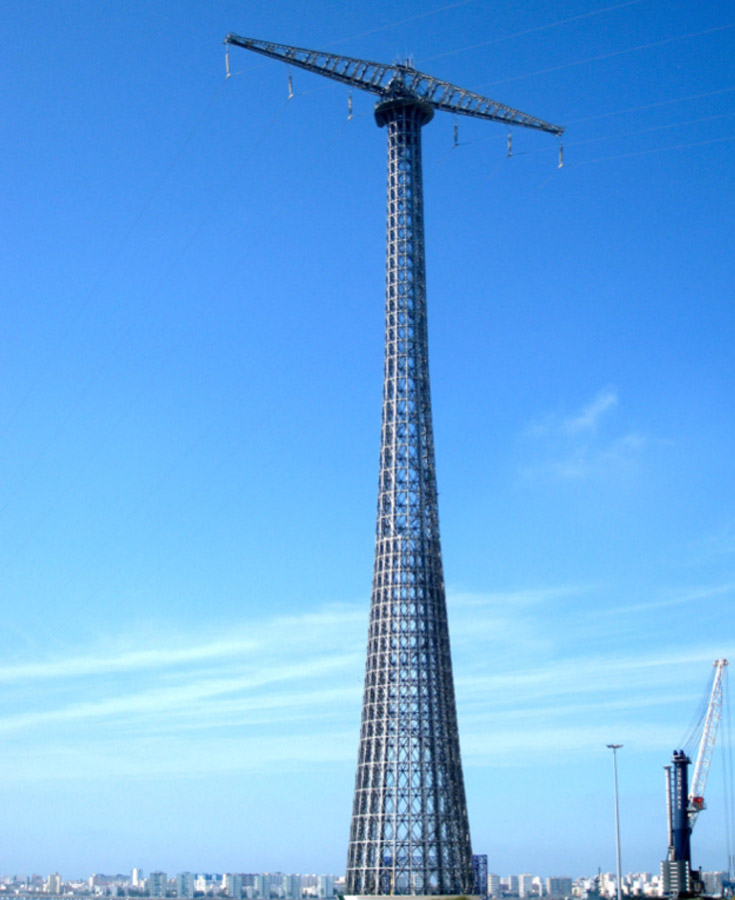NEWS
JWinsulators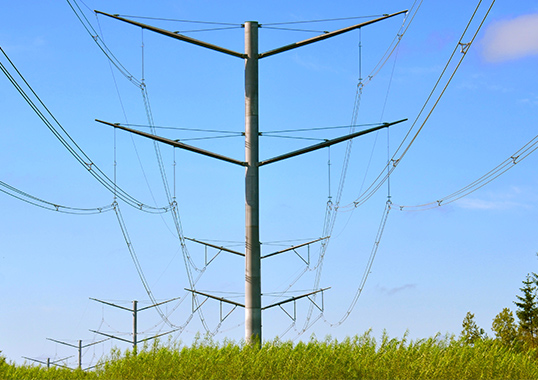
Because there are so many power line structures and because they are often situated along busy roads and highways, appearance has become almost as important as function. Towers perceived as damaging the natural landscape quickly become objects of public disapproval. In fact, that is precisely why the power supply industry is in a situation where it must overcome great obstacles to erect yet more of them.
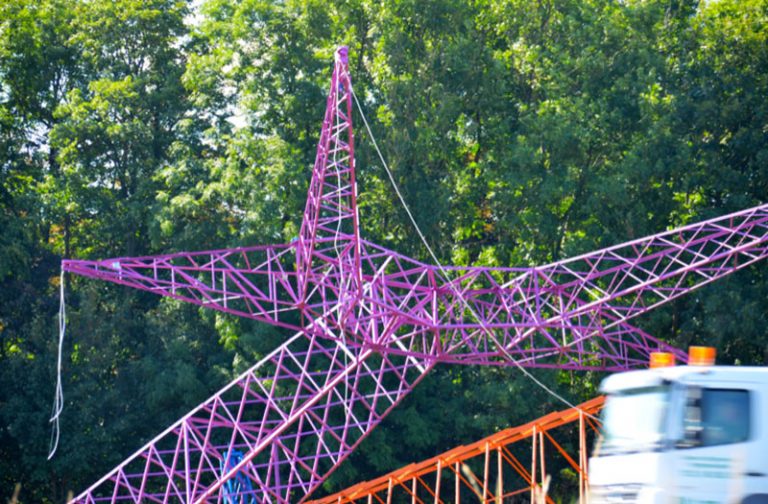
One of the challenges facing all line planners is optimizing design to meet mechanical and electrical performance as well as cost and durability requirements. Clearly, a technically demanding item such as a power line structure needs to be far more than something that is only pleasing to look at. Moreover, since these technical challenges vary with voltage, a new design approach may be needed whenever voltage levels change. A structure designed and optimized for 220 kV may not work effectively for other voltages.
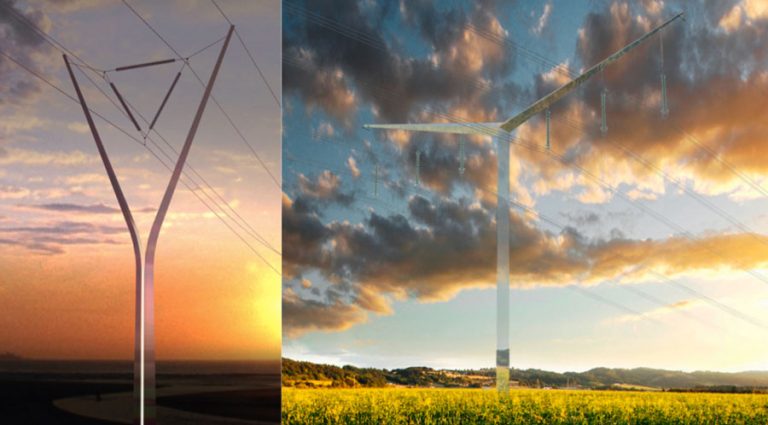
It is also important to take conductors into account since these have significant visual presence as a transmission line moves across the landscape. That makes configuration of conductors as important to consider during line design as are their support structures.
Yet another important aspect of design is choice of materials. There are now far more options available than when lattice towers were first designed a century ago and a range of alternative materials is available to help overcome the generally negative public perception to lattice structures. Using the latest generation of materials can even help optimize speed of construction and lower project cost – apart from the goal of contributing to improved appearance. Similarly, uniformity of materials used in structures can help improve visual impact by reducing unnecessary clutter.
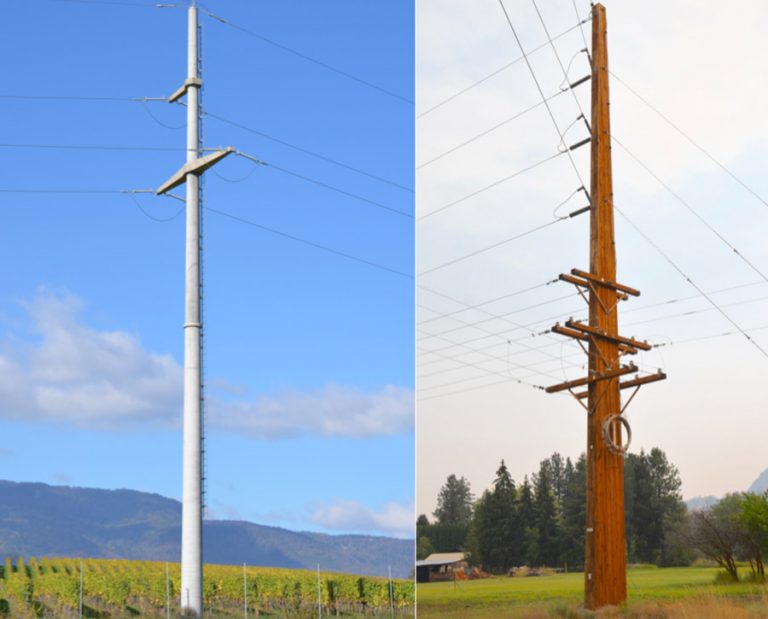
One group of materials being closely examined these days are fibre composites whose intrinsic insulating properties open entirely new possibilities for power line structures. For example, such a structure can be designed without requiring traditional cross-arms equipped with insulator strings since the structure itself effectively acts as insulator. This allows structures that further minimize visual impact. Proper use of fibre composites can also help compress structures and minimize a line’s height, subject to meeting ground clearance and electric field requirements. Similarly, utilizing the insulators themselves as cross-arms can reduce tower height as well as number of different structural members.
